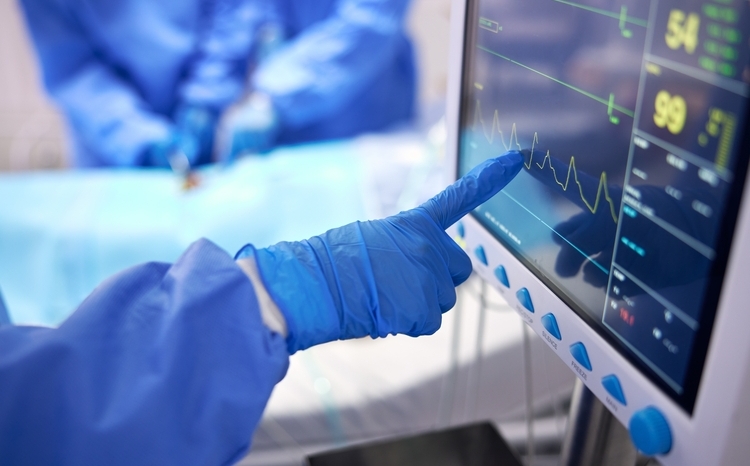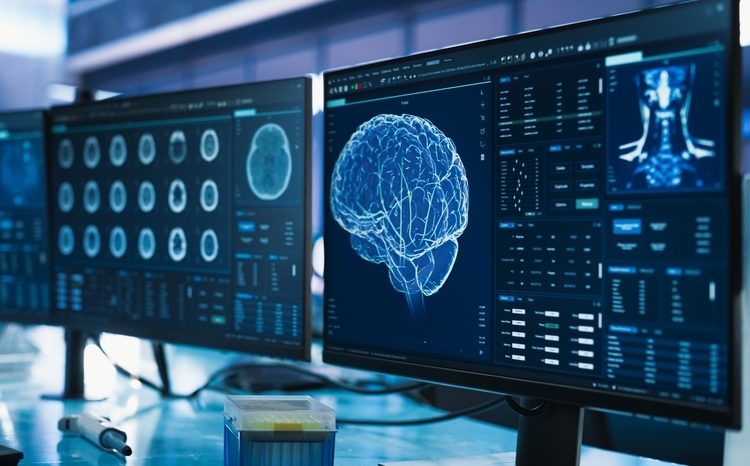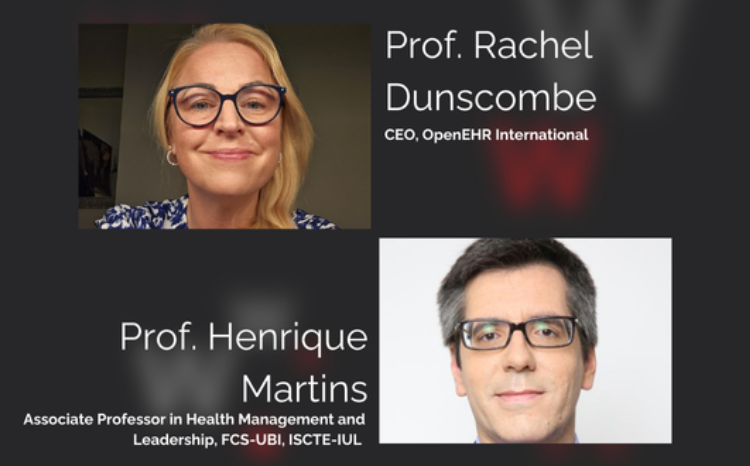World’s first virtual heart produced
- 21 July 2009
 |
|
HeartWorks virtual heart demo |
Three London-based cardio anaesthetists have developed the world’s first virtual heart, providing a breakthrough in the way cardiothoracic anaesthetists are trained.
The virtual heart, known as HeartWorks, is a realistic computer generated model of the heart and an echocardiology simulator.
By using it, medical students will be able to practice peri-operative transeosophagael echocardiology (an ultrasonic imaging technique) skills for patients with heart disease.
The three founders, Dr Sue Wright, Dr Bruce Martin and Dr Andrew Smith from the heart hospital, part of University College London Hospitals NHS Foundation Trust, said that they created the virtual heart in response to the absence of an accurate model to teach cardiac anatomy to their students.
Dr Sue Wright said: “The three of us set out to develop the most anatomically lifelike heart simulator in the world to enable medical students and cardiothoracic specialists to understand both the structure of the heart and the way in which TOE [transeosophagel echocardiography] images are derived from it.”
The project involved collaboration with a number of companies including digital animation company Glassworks, who developed the design of HeartWorks and Asylum, a model and effects company who developed the touch screen interface allowing a mannequin simulator to drive the HeartWorks software.
Dr Wright added: “At the core of the HeartWorks product is a freely interactive model of the human heart which has an unprecedented degree of detail and photorealism. The model has been carefully animated to simulate normal human cardiac motion, with a variable heart rate that is synchronised to an ECG trace. It can be viewed from any angle both internally and externally, through a range of zoom, can be rotated freely around any axis, and sliced in any plane.”
HeartWorks has now been put into production by Inventive Medical, a subsidiary of University College London Hospitals Charity in the hope that it will transform TOE training by university teaching hospitals world-wide.
Links




